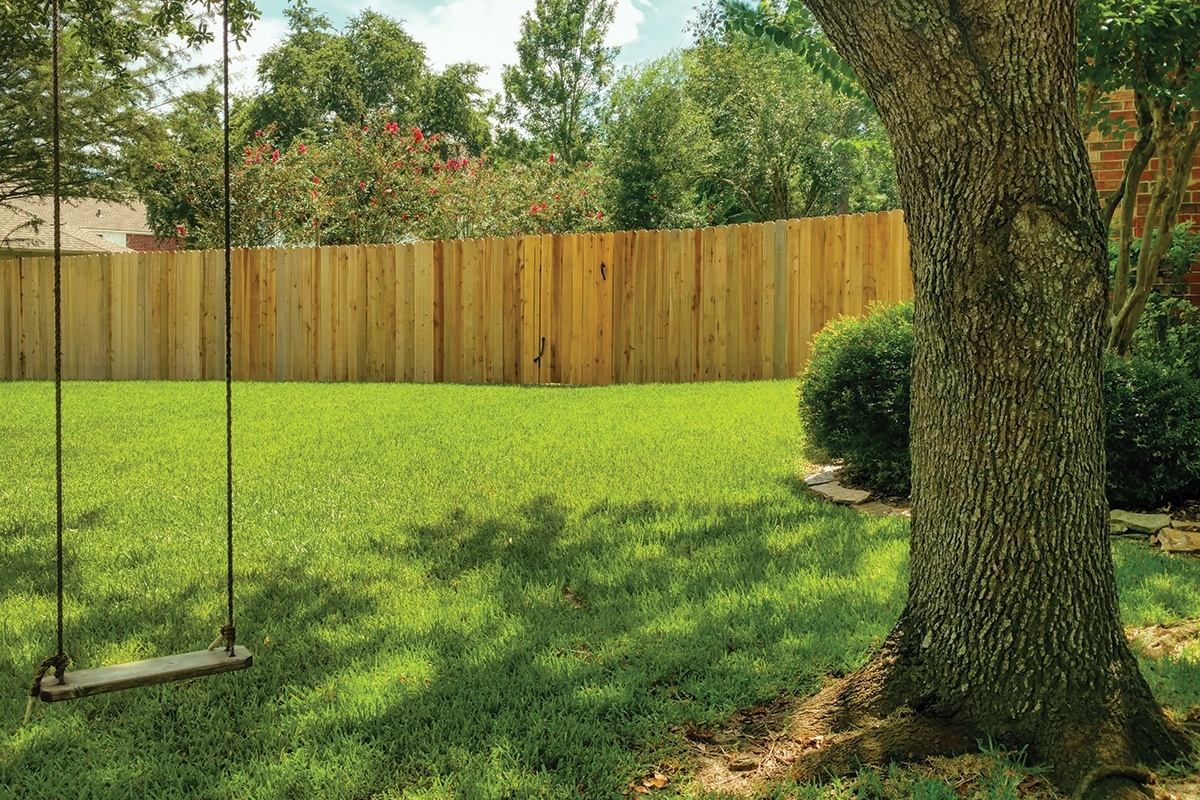“Location, location, location” is a mantra of real estate, but it also applies to shading your home. Positioning the right combination of plants and trees strategically can yield shade and unearth energy savings.
The U.S. Department of Energy determined that proper placement of just three trees on a property can save an average household $100–$250 in yearly energy costs.
• Use trees and plants to shade a window air conditioner to increase its efficiency by as much as 10 percent. But keep the plants more than three feet from the air conditioner.
• Shrubs and trees can form windbreaks or protective walls that keep wind chill away from a home. Evergreens, especially when combined with a fence to deflect or even lift wind over a home, are particularly effective. Leave two to five times the mature height of the trees or shrubs between the windbreak and your home.
• When selecting shade trees, keep in mind the mature height of the tree and the shape of its canopy in relation to your home’s height. These factors are important because they influence how far from the house you decide to plant a tree. Shade trees can drop the surrounding air temperature by as much as 9 degrees.
• Shading takes time—a 6- to 8-foot deciduous tree planted near a house will begin shading windows in a year, but it may take 5–10 years to shade the roof.
• Make planting shade trees due west of west-facing windows your first priority.
• Select a tree that can be planted within 20 feet of the window and that will grow at least 10 feet taller than that window. If you have the space, use as many trees as needed to create a continuous row along all major west- and east-facing windows.
• To block summer heat while letting sun filter through in the winter months, use deciduous trees, or those that lose their leaves seasonally. Evergreens and shrubs are ideal for providing continuous shade and blocking heavy winds.
Start planting savings and let your yard do all the work—but remember to always avoid planting near underground and overhead utility lines.


